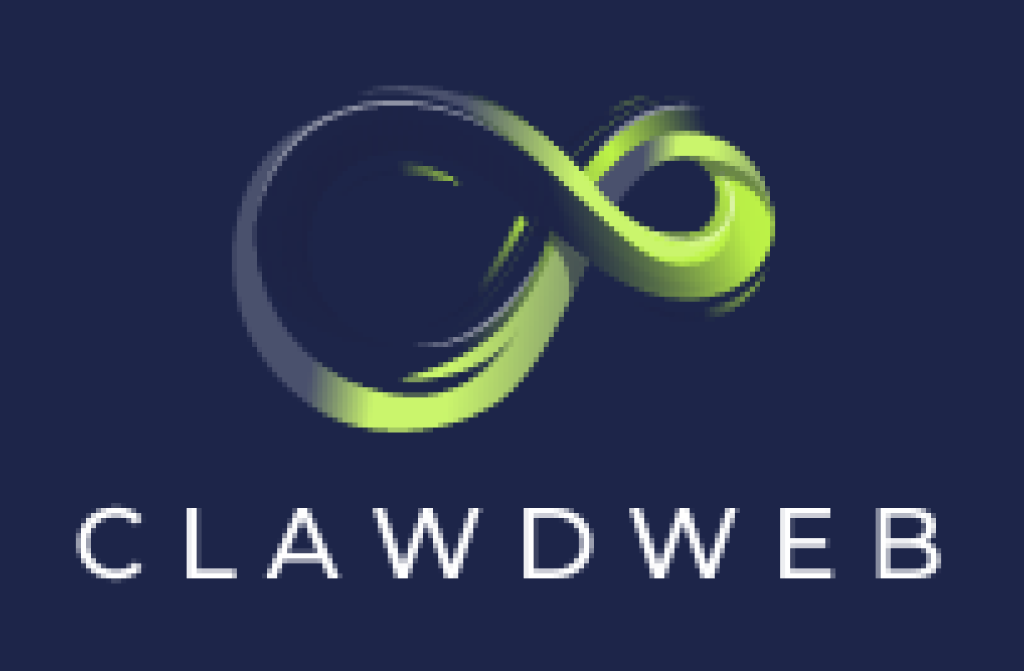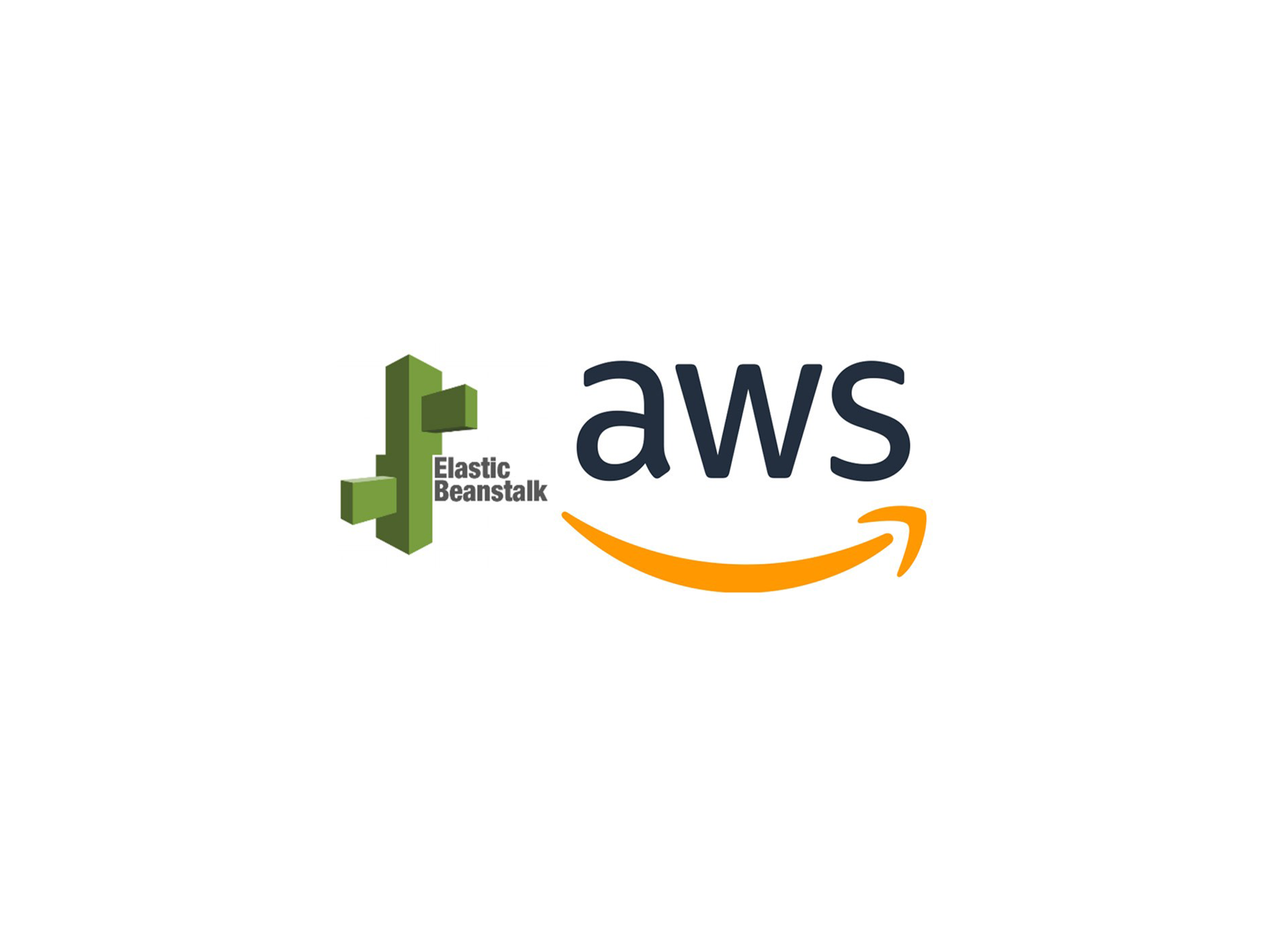Web 3.0, known as the third-generation internet, is the next evolution of the World Wide Web. It provides a data-driven Semantic Web employing a machine-based understanding of data with the objective of developing a more intelligent and connected web experience for users.
The Web of today is static and unable to adjust to the individual needs of each person experiencing it. Web 3.0 promises to be more dynamic and interactive. By implementing artificial intelligence and blockchain technology, it will redefine the web experience with structural changes to ensure democratization across all aspects of the internet.
In Web 3.0, data is stored securely and distributed across many devices, removing the need for centralized servers. Such a design also reduces the risks of massive data leaks because data is no longer centrally stored, making it more resilient to compromise.
In the decentralized web, no single person or company owns any data or information about
anyone, and everything is visible to the public.
Web 3.0, also known as the decentralized web, is the third and latest” phase” of the internet. Web3
is built on peer-to-peer networks of computers that talk to each other without middlemen.
Skills to learn Web 3.0
In order to really understand web 3.0, you should have web 2.0 skills.
People make the mistake by diving straight into smart contracts without having a technical
background in web development. Know this, Blockchain technologies are built on top of web
technologies. Therefore, you cannot learn Web 3.0 if you don’t have a solid
understanding of web 2.0. Before learning more about web 3.0, it is better to understand the
fundamentals of web development in general. This gives you an advance insight of what web 3.0 entails.
Understanding the concept of Web 2.0 skills like React.js, Next.js will be beneficial to your learning curve into web 3.0, this is because Decentralized Applications have a standard vanilla JavaScript or JavaScript framework as Front-end.
To learn web 3.0, learn the fundamentals of Blockchain
As a Web 3.0 developer, you need to understand what the blockchain is?, how it works?,
why do we use it?. You first need to know about what you are working with and that will give you an edge over the web 3.0 technology.
The Question now is, What is Blockchain?
IBM Defines Blockchain as a shared, immutable ledger that facilitates the process of recording transactions and tracking assets in a business network. An asset can be tangible (a house, car, cash, land) or intangible (intellectual property, patents, copyrights, branding).
Virtually anything of value can be tracked and traded on a blockchain network, reducing risk and cutting costs for all involved and this is done over a group of computers connected together to communicate and share these resources.
To be successful with understanding what blockchain is, start with the Ethereum blockchain as it is very popular and has more resources and community experts to help you.
Learn More About Smart Contracts
A Smart Contract is software stored on a blockchain-based platform that automatically
executes an agreement. Smart contracts are how you program the blockchain to perform
a specific set of instructions, like you telling the blockchain what to do with a series of scripts.
Smart contracts enable you to exchange anything of value while also eliminating the
middle man. This self-executing feature of smart contracts is what makes it very important.
The smart contract code cannot be changed, which in technical terms, we say is immutable.
Smart contracts do literary everything, from NFTs to developing a Crypto Currency App to
handling the backend of dApps.
IBM Define Smart Contracts as programs that are stored on a blockchain that run when predetermined conditions are met. They are typically used to automate an agreement’s execution so that all participants can be immediately sure of the outcome without any intermediary’s involvement or time loss
Things to learn about Smart Contracts
- Basics of Smart Contract
- Life Cycle of Smart Contract
- Interacting with smart contracts using web3.Bs
Compiling, Testing, and Deploying Smart Contracts
Compiling, Testing, and Deploying Smart Contracts is an essential part, smart contracts, once deployed, are immutable, so you would like to test them first before deploying.
For testing purposes, you can chose of these tools
- Mocha
- Ganache
- Chai
Also to deploy Smart Contracts, you can use any of these tools
- Truffle
- Hardhat
- Infura
After Learning Smart Contracts, Learn Solidity
Solidity is the programming language we use to write Smart Contracts. Even though there are other programming languages for writing Smart Contracts, Solidity is the most popular.
Solidity is an object-oriented programming language for writing smart contracts. It is used
for implementing smart contracts on various blockchain platforms. It is a new programming
language used for Ethereum blockchain, and it’s a combination of a few languages. The creators
of Solidity got inspired by JavaScript, Java, C++, rust, and many other languages. Therefore making
Solidity extraordinarily versatile and very intuitive. When you start writing code in Solidity, you will notice
that, all of that is similar from Java, JavaScript, but it will make sense as it is almost
written in pure English. Many companies require developers who knows Solidity well. So learning Solidity will give you an edge advantage over your peers.
Learn More About Decentralized Applications
Once you start deploying your smart contracts, people will need to interact with your applications at the front-end and this where you will need the web 2.0 skills to build your front-end. You will need to use frameworks like reactjs vuejs to create your DAPP, also known as Decentralized Application.
When building your dApp, there are two essential things to consider.
- Integration with the blockchain
- Integration with the wallet
A JavaScript like web3.js is use to integrate with the blockchain. This library is very easy to use.
Learn more about Crypto Wallets
A blockchain wallet helps you to transfer funds quickly. These transactions are secure because
they are cryptographically signed. You use the wallet to interact with the blockchain. The wallet can be
accessible from web devices, including your mobile ones, and the privacy and identity of the user are
maintained securely.
.
There are a lot of crypto wallets be first to learn how to integrate your smart contract with the Metamask wallet and then learn about the other wallets later. That is if you want to try other wallets. Well, technology is all about exploring and gaining ideas so go for it. (:
The metamask allow you to access Ethereum wallet through a browser extension or mobile
app, which you can then use to interact with decentralized applications.
Understand How Web3.js and Ethers.js works
When you develop your DAPP, you will need to connect your front end to interact with the blockchain and that is where you implement the Ethereum API, web3.js and ethers.js. to interact with the blockchain.
The web3.js library is a collection of modules that contain functionality for the ethereum ecosystem.
If you want to learn more about these libraries click on the links below.
Web3.js https://web3js.readthedocs.io/en/v1.7.3/getting-started.html
The ethers.js library aims to be a complete and compact library for interacting with the Ethereum Blockchain and its ecosystem.
Ethers.js https://docs.ethers.io/v5/

